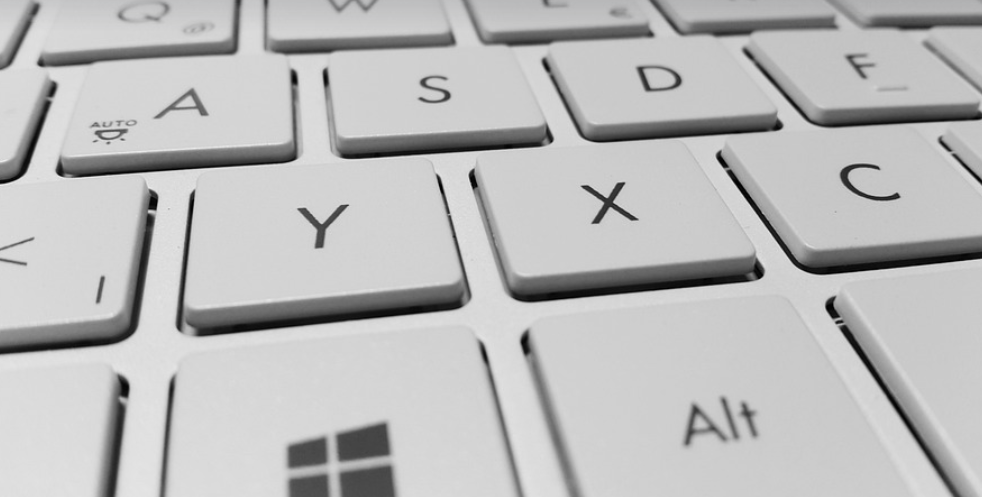The Heart of Your Boating Adventure
So, you’ve got your new trolling motor ready to rock the waters, and like any good captain, you want to ensure everything runs smoothly. One key factor in that smooth sailing is the battery connector and its crucial role in connecting your power source to your motor.
Why Battery Connectors Matter
Let’s dive into why understanding these connectors is a game changer for your boating experience. Think of them as the tiny, but mighty link between your trolling motor and its life-giving battery. A strong connection translates directly to performance and safety. Poor connections can lead to:
The Pitfalls of Bad Connections
• **Reduced Power:** Imagine trying to steer a boat with a wobbly wheel – it’s just not going to be smooth sailing! A poor connector allows power to flow inefficiently, leading to sluggish performance and even damage to your motor. • **Drained Batteries:** The last thing you want is an empty battery after just a few hours on the water. Poor connections can lead to wasted energy, draining your crucial battery faster than expected. • **Safety Risks:** A faulty connection can create sparks and even fires! This is simply not worth risking, especially when spending time on the open water.
Understanding the Basics of Battery Connectors
So now we’ve covered why they matter, let’s explore how to choose the best ones for your setup. Before diving into the specifics, understand there are two main types of connectors:
**Standard Connectors:**
– These are the tried-and-true options you likely find on most trolling motors and batteries. They usually feature a set of terminals (positive and negative) where you’ll connect your wires.
**Heavy Duty Connectors:**
– For those serious about long journeys and demanding conditions, these connectors offer superior durability. Think extra-thick wires and even more secure connections.
The Ultimate Connector Guide for Your 2025 Boat
Finding the right connector is crucial, especially with advancements in trolling motor technology.
**Connector Types:**
– **Twist-Lock Connectors:** These are the workhorses of the industry. They’re easy to use and have a snug fit. Just twist, lock, and you’re good to go!
– **Quick-Disconnect Connectors:** If your time is precious (and your battery needs quick access), these connectors allow for swift connections and disconnections without tools.
**Material Matters:**
The material of the connector can influence its longevity and reliability.
– **Corrosion-resistant Metals:** These are often plated for long-term protection against moisture and corrosion, ensuring your connections hold up to all kinds of weather.
**Connector Sizes:**
– Make sure you choose the right size for your battery and motor. Smaller connectors might fit a compact setup, but more powerful motors will need larger, sturdier options. You can find connectors with different amperage ratings to accommodate varying motor wattage.
Tips for Choosing Your Perfect Connector
Here’s some advice for making the best decision:
- **Voltage Compatibility:** Ensure your connector matches your battery voltage and motor specifications.
- **Terminal Type:** There are various terminal types – choose a design that fits your wiring style (e.g., spade lugs, ring terminals).
- **Amperage Rating:** This refers to the current capacity of the connector and is important for heavy-duty motors.
- **Durability:** Go for connectors with durable materials that can withstand harsh weather conditions.
Connecting Your Trolling Motor: A Step-by-Step Guide
Now, you’re ready to connect your trolling motor to the battery. Here’s a basic guide:
1. **Check Connections:** Before connecting anything, ensure you have the correct connector size and type matching your motor and battery.
2. **Disconnect Motor & Battery:** Before connecting or disconnecting, make sure to turn off the motor and disconnect it from the battery.
3. **Secure Terminals:** Align the terminals of your connector with those on your battery and motor. Use a proper tool if needed to secure them tightly.
Connecting Your Trolling Motor: A Step-by-Step Guide
Now, you’re ready to connect your trolling motor to the battery. Here’s a basic guide:
1. **Check Connections:** Before connecting anything, ensure you have the correct connector size and type matching your motor and battery.
2. **Disconnect Motor & Battery:** Before connecting or disconnecting, make sure to turn off the motor and disconnect it from the battery.
3. **Secure Terminals:** Align the terminals of your connector with those on your battery and motor. Use a proper tool if needed to secure them tightly.
Safety First!
Remember, dealing with your trolling motor’s batteries is serious business. Always follow these tips for a safe connection:
- **Read the Manual:** Your battery and motor manuals are your best friends – they provide specific instructions on wiring and connections.
- **Double Check:** Before connecting anything, verify that everything is connected correctly to ensure a secure and reliable connection.
- **Wear Safety Glasses:** Protect yourself from potential sparks during the process.
A Smooth and Safe Boating Adventure
Connecting your trolling motor’s battery is crucial for a smooth and safe boating experience. By understanding different connector types, materials, sizes, and following safety guidelines, you can unlock the full potential of your trolling motor, leaving you to focus on enjoying the open water.


